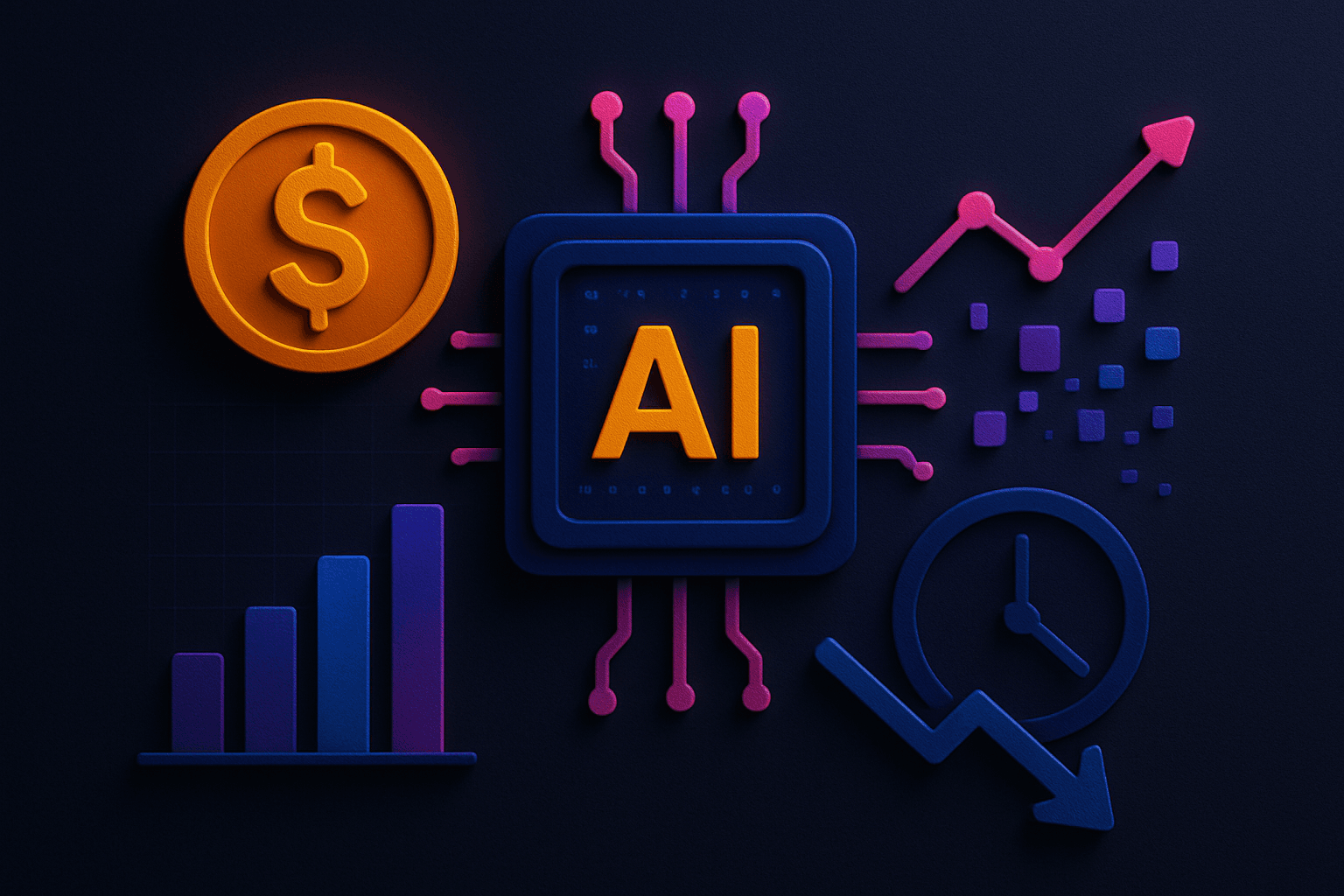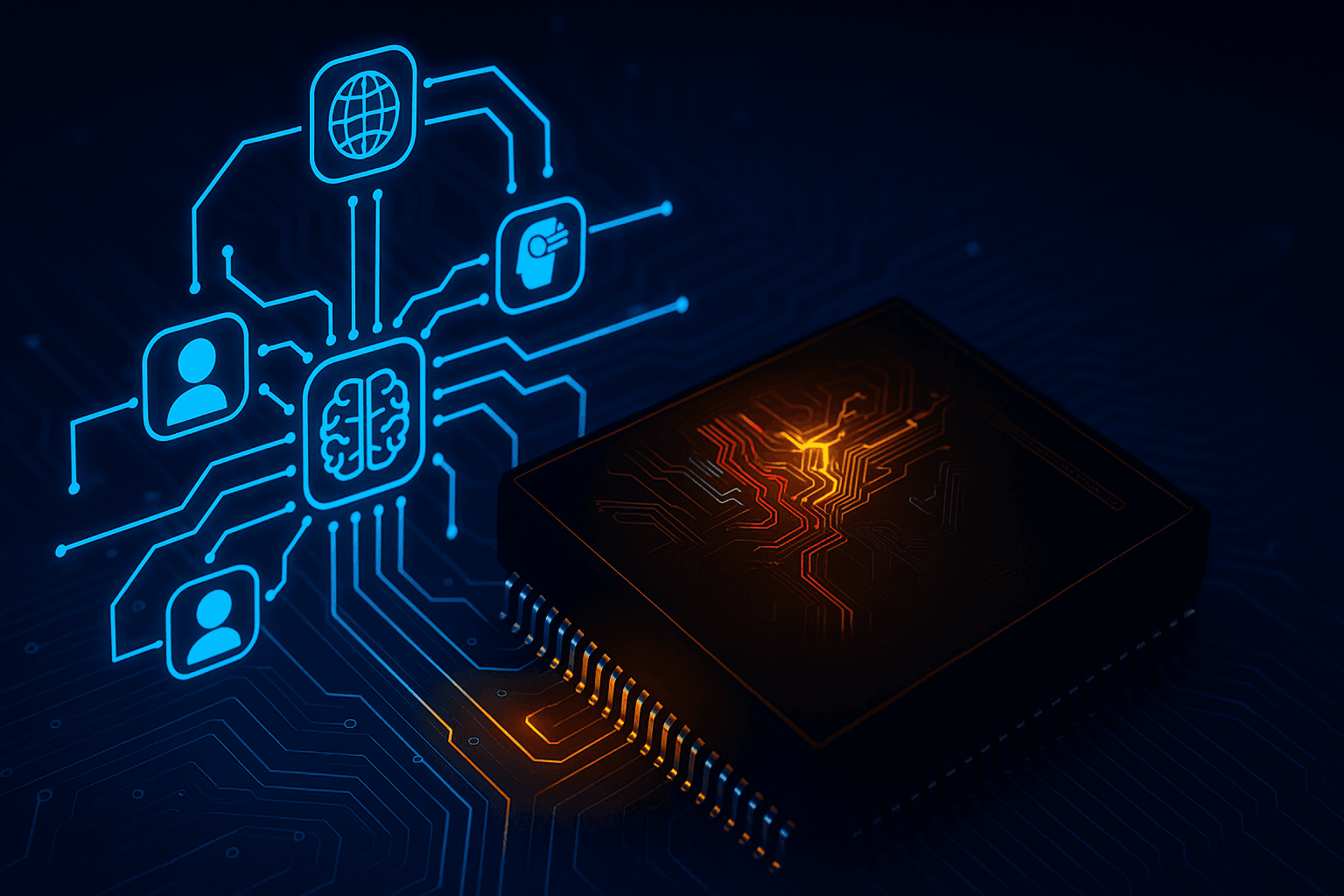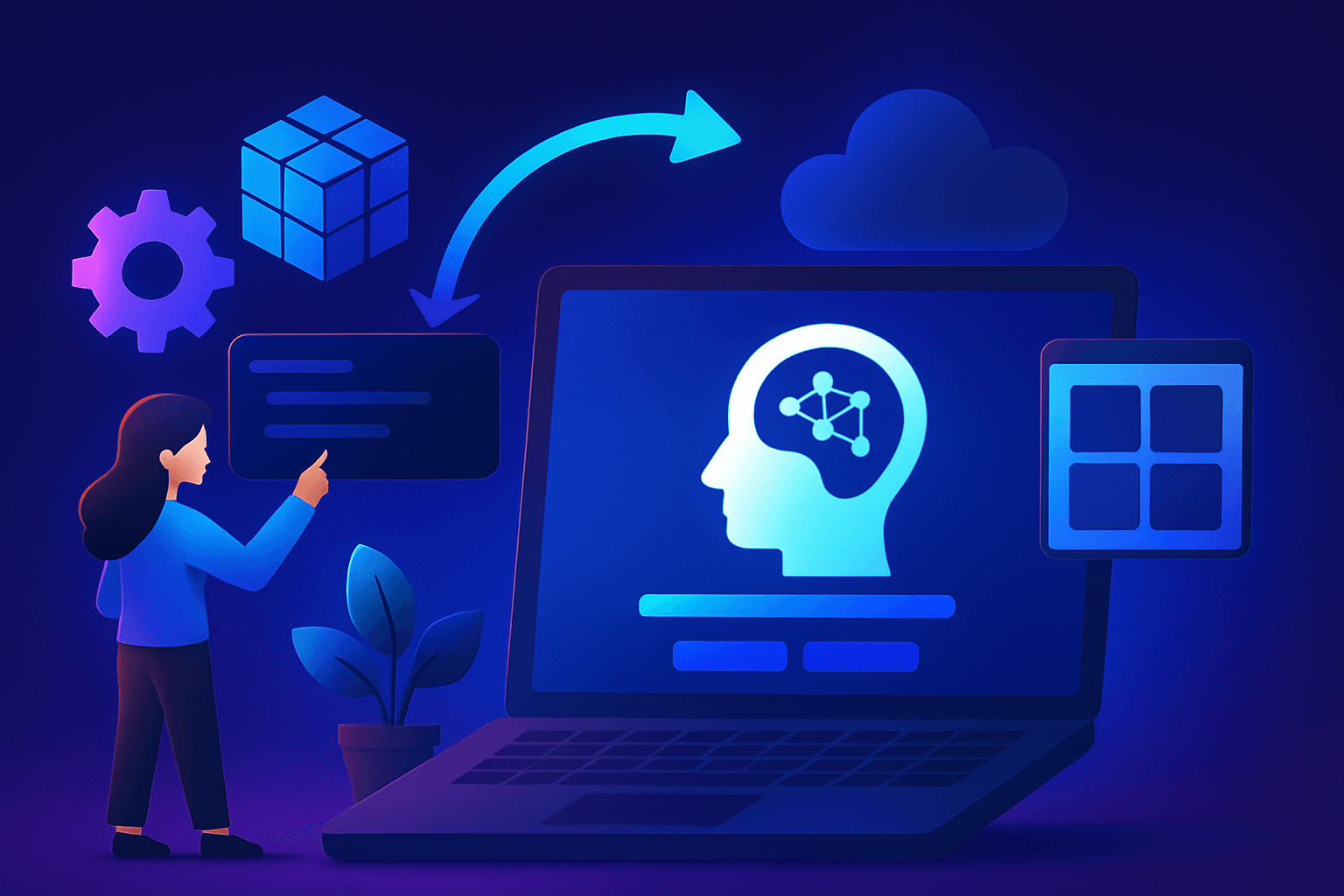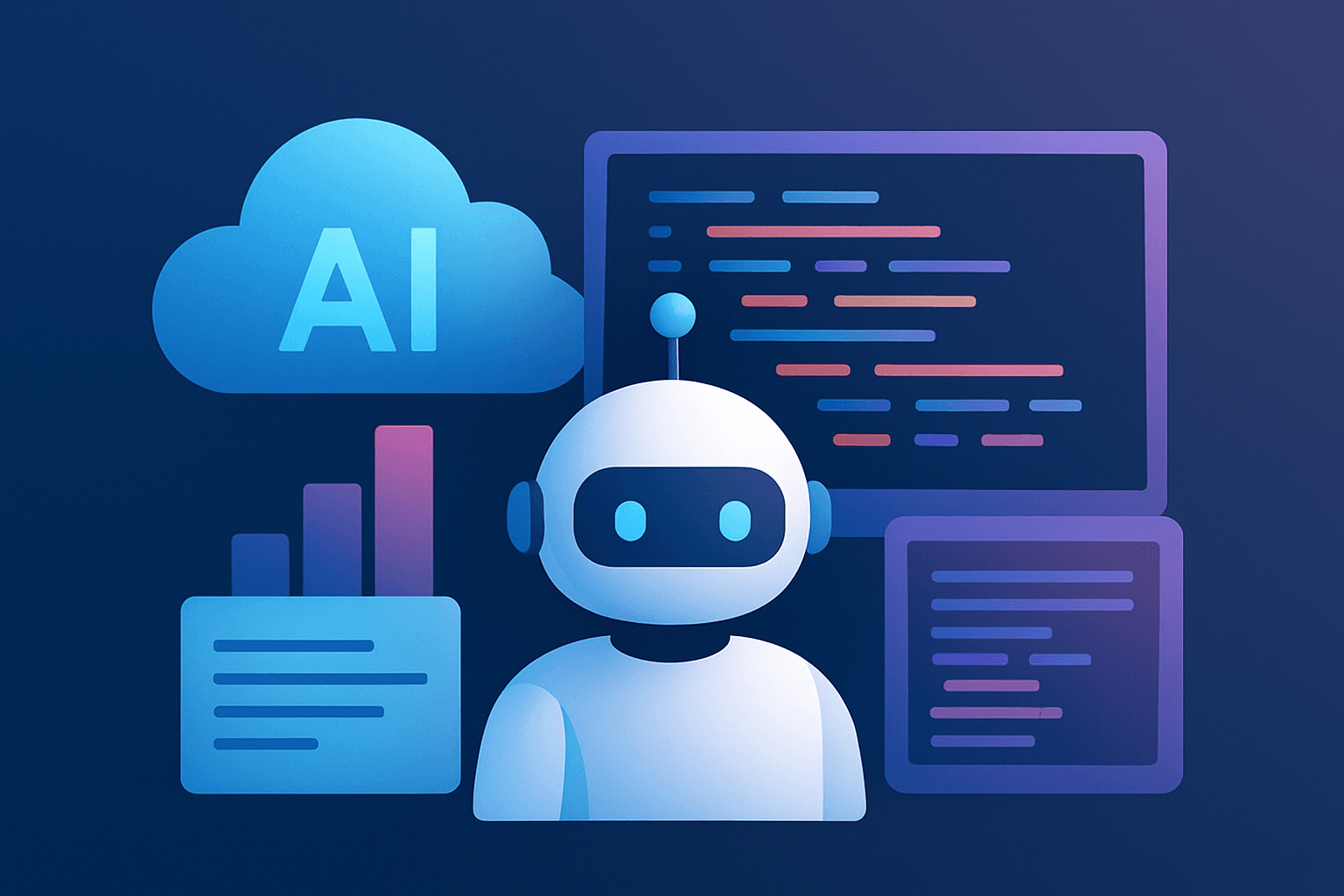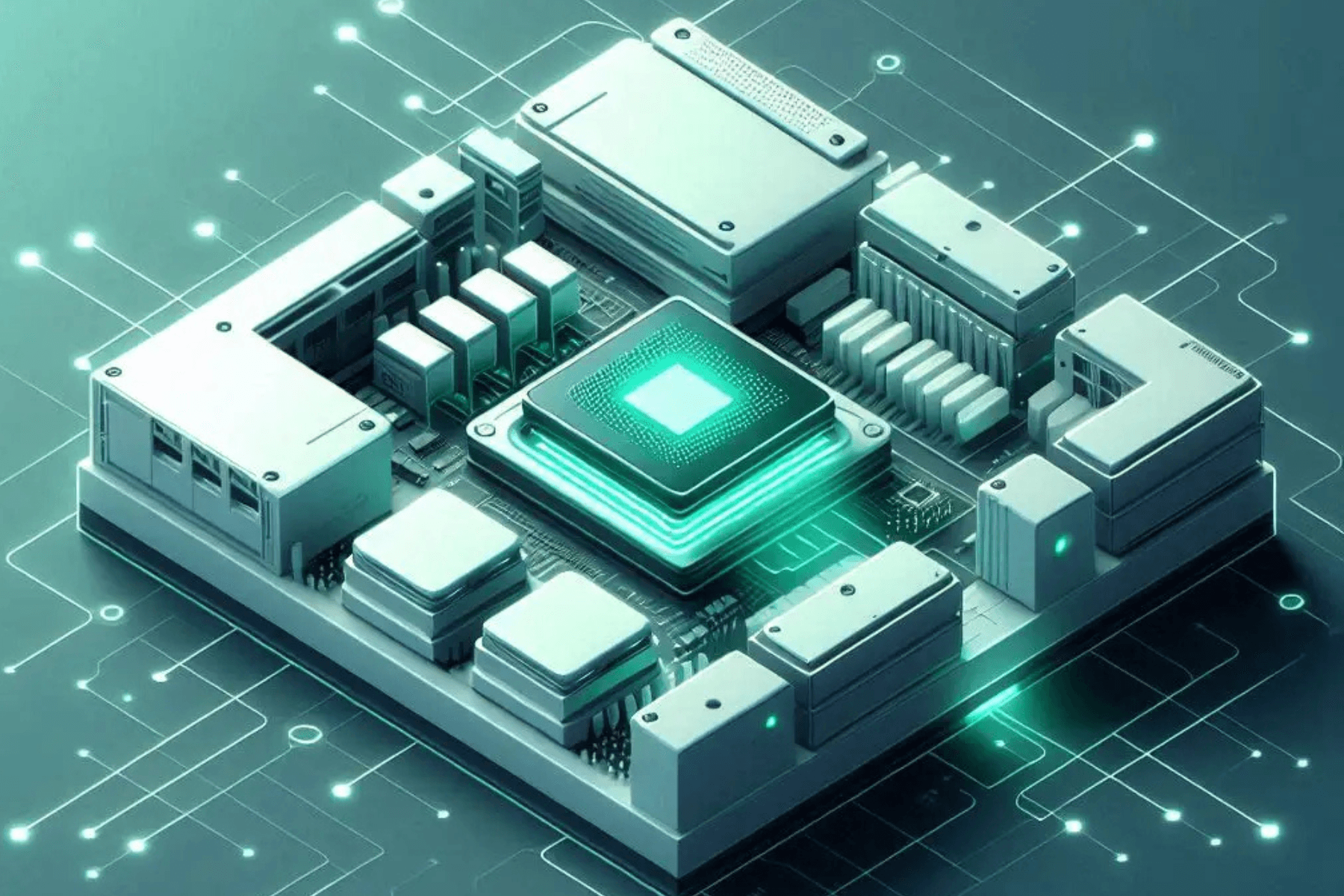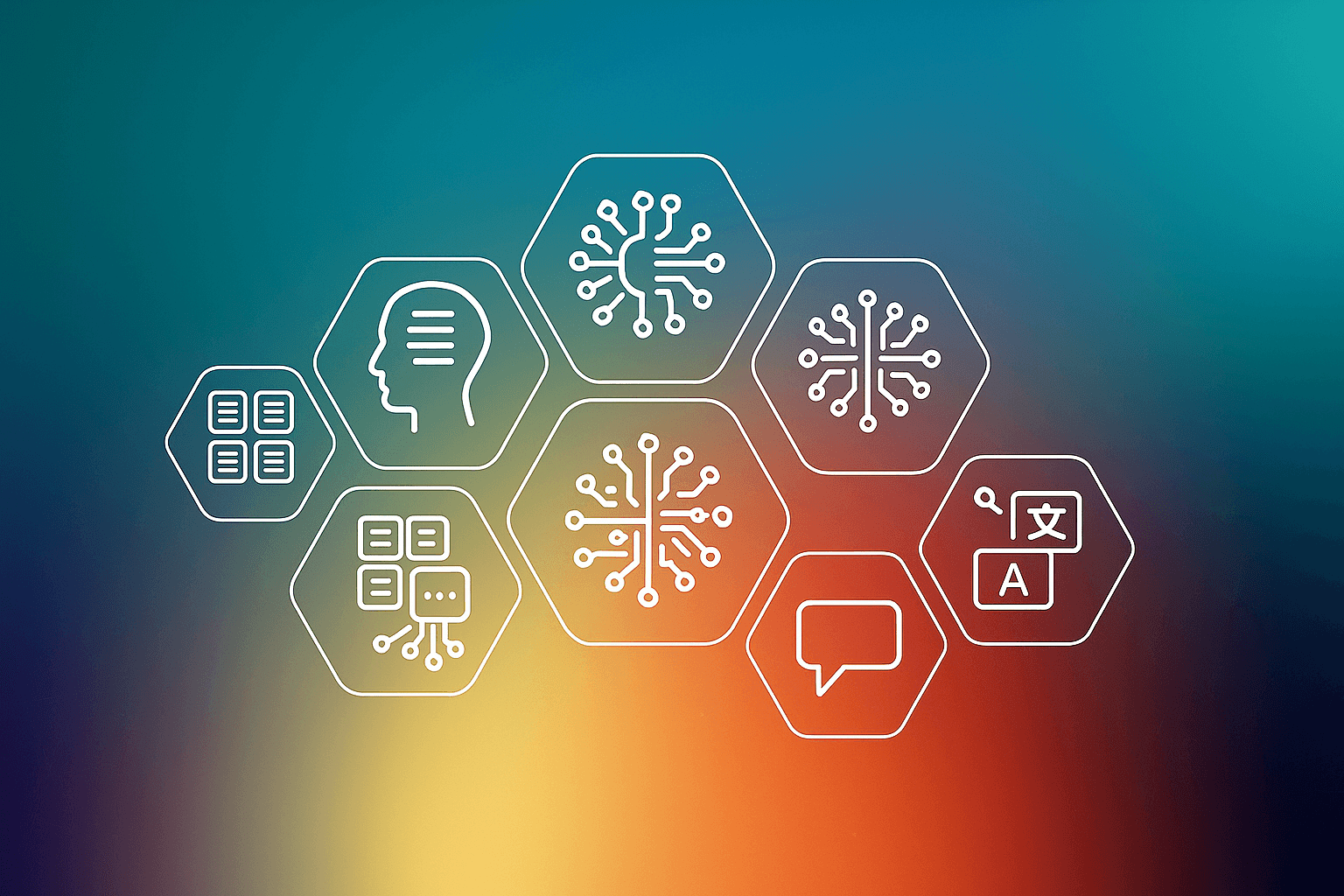Introduction
Meetings are an unavoidable aspect of the modern workplace. They serve as forums for discussion, coordination, and problem-solving. However, they also come with the often tedious task of documenting decisions, key points, and action items. Traditional methods of manual note-taking are rife with potential for errors, omissions, and are substantially time consuming, which may detract from full engagement in the meeting itself. AI-generated meeting speech to text can be considered as a potentially game-changing approach to automating the transcription process. Many meetings applications such as Microsoft Teams, Slack, and Google Meet use automatic captioning, which can be recorded and used, instead of going through the entire video once again, thus saving time.

AI assisted meeting systems claim to provide an effortless way to obtain meeting transcripts by using advancements in Natural Language Processing (NLP) and the flexible computing power of cloud GPU services. The concept was first seen by the general public in Youtube, when videos started getting auto generated closed captioning. Even though the concept has been available in the market for a few years, it is still alluring, freeing up time and ensuring a more complete meeting record. But can we realistically place unwavering trust in the accuracy and usefulness of such AI-generated output? It is rather difficult to answer this question, due to the technical complexities involved.
This blog takes a look at AI-generated meeting minutes and live captions. We'll discuss the inner workings driving the reliability (or lack thereof) in these emerging tools and explore strategies to use greater transparency and provide actionable guidance for users to responsibly evaluate AI-generated minutes. It is crucial to transcend hype and achieve a clear view of how AI can meaningfully improve, or replace the conventional methods of capturing meeting content.
Technical Foundations
AI-generated meeting minutes rest on several pillars of NLP. At the core lies speech recognition, converting spoken words into text. These systems depend on models that are ‘trained’ by being exposed to massive datasets of audio recordings and their corresponding text transcripts. To further understand the meeting's flow, techniques like summarization and topic modeling might be used, though these applications are less mature than simple speech-to-text conversion.
The success of this process directly depends on several factors. Clear audio with minimal background noise is crucial for the AI to pick up words correctly. If the system lacks training on domain-specific vocabulary (like terms within medicine, finance, or engineering), it will struggle to accurately transcribe the discussions. Diverse speech patterns, including accents, regional dialects, and fast speakers, further challenge the AI's recognition capabilities.
Additionally, most AI meeting scribes are designed with a single language in mind. Meetings conducted in multiple languages or where participants frequently switch between languages lead to a significant drop in transcription accuracy. Eg. in MS Teams, if auto captioning is turned on, only one language is selected, which can be set in the settings or changed during each meeting. But it does not support multiple languages within the same meeting.

The complex processes involved in audio processing, training NLP models, and generating live captions or meeting minutes require significant computational resources. Cloud GPUs are largely required for this. Equipped with hundreds or even thousands of cores, they are highly adept at the parallel calculations required for NLP tasks. Additionally, cloud services such as E2E Cloud let organizations access powerful GPUs without large upfront investment, enabling on-demand scalability as meeting transcription needs change.
Reliability Challenges
While the actual technologies offer undeniable potential, putting them into real-world practice uncovers critical challenges to the full reliability of AI-generated meeting minutes.
- Accuracy Limitations: Even in ideal recording conditions, cutting-edge AI models remain prone to occasional transcription errors. Challenges persist with homonyms (words like 'there,' 'their,' and 'they're'), proper names without established spellings, and discussions saturated with complex technical terminology. While individual mistakes might seem trivial, they can cumulatively undermine the overall clarity and trustworthiness of the generated meeting minutes.
- Contextual Nuances: Human conversations are complex and involve more than just the words that are spoken. AI systems have limitations when it comes to understanding implied meanings, sarcasm, humor, and the nuances involved in reaching decisions. Relying solely on AI-generated minutes as a precise and undisputed record of what occurred can lead to problems due to the current limitations of this technology. Therefore, it is important to recognize these limitations and not place too much trust in AI's current capabilities when it comes to accurately capturing the intricacies of human conversation.
- Bias Awareness: NLP models, which are commonly utilized in meeting transcription tools, have the potential to embed implicit biases based on race, gender, accents and socioeconomic factors. This is because these systems are trained on massive datasets that may contain skewed or incomplete information. As a result, the accuracy of these models can vary significantly with certain speakers' words being frequently misinterpreted. In situations where sensitivity is of utmost importance such as performance reviews or HR-related meetings, unexamined AI output could perpetuate problematic attitudes and reinforce social injustices without anyone realizing it. Therefore, it is crucial to implement rigorous checks and balances to ensure that NLP models do not contribute to furthering social disparities and prejudices.
Although the notion of accurate and all-inclusive AI transcription of meetings may appear attractive, the reality is far from it. It is crucial to recognize these constraints in order to make well-informed choices. Developers can strive towards creating bespoke solutions that tackle probable problems, while users ought to approach AI-generated meeting minutes with a wary outlook. By doing so, we can guarantee that the utilization of AI in this domain is both responsible and efficient.
Trust-Building Strategies
Acknowledging the reliability challenges involved in AI-generated meeting minutes shouldn't lead to the complete dismissal of their value. Developers and users alike can take proactive steps to increase trust in these emerging tools. Strategies focus on transparency, user empowerment, maintaining robust human oversight, and responsible data stewardship.
- Transparency: It is crucial for developers to provide clear insight into the capabilities and limitations of their AI meeting transcription systems. Rather than generic accuracy claims, offering more granular metrics (e.g., accuracy scores against benchmark datasets) adds valuable context. Disclosing known biases and how the systems perform in multilingual situations helps user awareness, increasing trust and setting realistic expectations.
- Customer Feedback: The interface can greatly impact how effectively users interact with the output. Enabling intuitive ways for users to flag questionable transcription segments directly allows for immediate feedback to developers for continuous model improvement.
- Human Oversight: It is critical to establish a mindset where AI provides a helpful starting point, not an absolute final product. Organizations need clear protocols for how thoroughly AI-generated transcripts should be reviewed before distribution or internal use. However this would not be possible for most cases since they may not have time to review the minutes of meeting, which defeats its very purpose. In case of live transcripts, proofreading is not possible since it must be shown in real time.
A combination of clear, transparent technology, coupled with conscious usage patterns that incorporate human judgment, leads to the adoption of this time-saving technology without sacrificing accuracy or creating new biases.
The Evolving Landscape
AI-powered meeting transcription is a rapidly developing field. Here's a glimpse at current research directions and trends that promise to further improve the reliability and trustworthiness of these systems:
- Multimodal AI: While current tools primarily focus on speech-to-text, next-generation systems may combine multiple modalities. The understanding of meetings could be enhanced by incorporating insights from visuals (facial expressions, presentation slides) or additional environmental data. Such integration is still in its infancy, but holds potential.
- Summarization: Many meetings end up longer than they needed to be. Emerging research centers on AI that can identify key discussion points, action items, and decisions from lengthy meetings, creating succinct summaries to save time. While this is already possible by different LLMs, they are not present in most AI scribes or transcript generators. This integration can be easily implemented by the companies.
- Bias Mitigation: Developers are actively investigating techniques to detect and minimize biases that can creep into AI meeting scribes. These approaches involve carefully curating training datasets, developing more inclusive language models, and allowing users to provide feedback on instances of bias within the tool itself.
Continuous research and development in the field of AI has brought about significant improvements in both accuracy and nuance, making it possible for meeting scribes to capture detailed information with greater precision. It is important to stay up-to-date with emerging trends in this dynamic field, as this will inform best practices in the future and ensure that all stakeholders are able to benefit from the latest advances. With ongoing advancements in AI technology, there is no doubt that we can expect even more exciting developments in the years ahead.
IT Considerations and Meeting Optimization
Meeting scribes hold the promise of streamlined communication and increased productivity. But achieving that in real-world organizational settings comes with complexities. This section addresses those challenges, offering guidance for IT departments and anyone hoping to move beyond a mindset of simply wanting an 'AI notetaker.'
Meeting transcripts often contain sensitive information, ranging from financial details to proprietary R&D discussions. IT security professionals face unique challenges when choosing cloud-based transcription services. Strict controls around data retention periods, encryption both at rest and in transit, and ensuring robust auditing capabilities become non-negotiable. Existing enterprise privacy compliance needs careful alignment with transcription solutions. This could mean investigating services committed to SOC 2 and HIPAA compliance and exploring tools specifically tailored to regulated industries (healthcare, finance).
For many organizations, the scalability and ease of integration make cloud-based AI meeting scribes highly appealing. However, there are certain scenarios where on-premise solutions provide greater peace of mind, despite initial deployment complexity and potentially higher costs. High-stakes meetings where absolute confidentiality is critical, along with industries subject to strict data sovereignty regulations, might favor on-premise options. The ability to fully control where and how meeting data is stored can outweigh the flexibility promised by cloud services.
As AI-transcription becomes common practice, a further level of sophistication awaits: utilizing these tools to improve the meeting quality itself. These are still emergent approaches, but the potential is significant. Analyzing patterns across transcripts could aid in identifying traces of inefficient meetings such as rambling discussions, leading to actionable productivity feedback.
Advanced tools of the future may surpass mere event recording capabilities. It is conceivable that proactive guidance during meetings could become a reality. Such systems could prompt users when agreement has been reached, tactfully signal topics straying from the agenda, or even notify when one participant monopolizes discussion time. These attributes subtly transform AI into an active agent for optimal meeting dynamics.
Conclusion
While AI-generated meeting minutes offer undeniable potential for enhancing productivity and record-keeping, it's crucial to navigate this developing technology with a discerning eye. The trustworthiness of these AI-powered tools remains the most significant factor determining their widespread adoption. As AI models become more sophisticated, the reliability of both saved meeting minutes and live transcriptions undoubtedly increases. However, for mission-critical discussions where precision is paramount, meticulous human review remains a necessary safeguard.
The most prudent approach likely involves a collaborative workflow between AI and human oversight. AI can generate the initial meeting summary, highlighting key decisions and action items, while a human editor thoroughly reviews the output to ensure accuracy and address subtle nuances. However this would not be possible for most cases since they may not have time to review the minutes of meeting, which defeats its very purpose. In case of live transcripts, proofreading is not possible since it must be shown in real time.
To accelerate reliability, future development should prioritize training AI models on diverse datasets, enhancing their ability to manage variations in speech patterns and accents. Additionally, advancements in AI error detection could lead to automated flagging of potentially inaccurate sections for streamlined review. To explore how AI-powered solutions can transform your meeting processes, you can build your own NLP models using existing online resources. Utilize the high end and cost-effective GPUs available from E2E Cloud. Both NVIDIA H100 and L40s GPUs are suitable for NLP applications.
